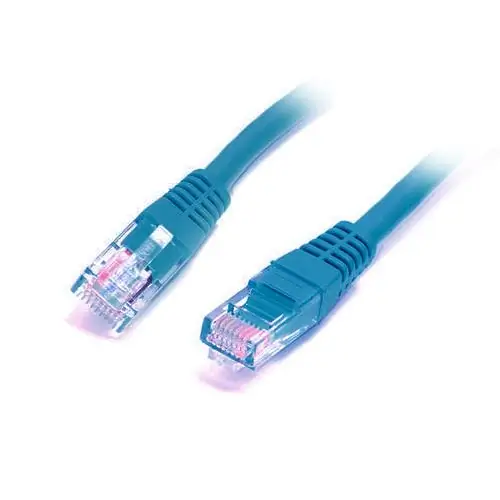- Author Lauren Nevill [email protected].
- Public 2023-12-16 18:48.
- Last modified 2025-01-23 15:15.
You probably remember that the first time you were connected to the Internet, all the settings were done by qualified specialists. And then, if any problems arise, you were forced to call the technical support service. But let's figure it out - is it really that difficult to keep track of your network devices yourself?

Instructions
Step 1
Let's look at the principles of network management using the example of the Windows XP operating system.
We will be able to obtain all the necessary data by using the control panel. Go to "Start" - "Control Panel" - "Network Connections". A window will open in front of you, where all network connections configured on your computer will be displayed.
Step 2
In our case, we are dealing not only with physically existing connections (configuration is carried out directly for the network card), but also with a virtual VPN connection, which allows data to be sent over a secure channel. Remember that there can be many types of connections, it all depends on the provider. Therefore, it would be logical to consider only interaction with the actually connected network cards.
Step 3
So, select the connection you are interested in, right-click on it, bringing up the context menu. Select Properties from the menu. You will see a window similar to the one shown in the figure.
Step 4
If you want to check the IP address settings, Internet gateway address, DNS server, and so on, select Internet Protocol (TCP / IP) in the list titled "Components Used by This Connection".
Step 5
Next, click on the "Properties" button, after which you will see a screen displaying the settings for your IP address, gateway and other characteristics (note that if you have a router installed, then these settings must be viewed in the control panel of the router, and within this screen the checkboxes "Obtain an IP address automatically" and, most likely, the "Obtain DNS server address automatically" checkbox will be checked).
Step 6
If we return to the previous window, then by clicking on the "Configure" button, then we will get access to the settings of the network card directly.
Step 7
Although in most cases we will not need these settings at all, we will nevertheless consider the case when we need to change the mac-address of our card. To do this, in this window, find the "Additional" tab, on which in the list find the value "Network address", and in the window that appears, you can enter your value.
Step 8
All of the above can also be learned without using the control panel, using the command line.
Step 9
In order to find out the current network settings, select the menu "Start" - "Run" - in the window that appears, enter the text "cmd", then press Enter. You will see a black window with white letters - this is the command line (for example, the letters are green - this can be easily corrected in the command line settings by right-clicking on the header of the window with the line and selecting "Properties").
Step 10
Now use the command “ipconfig / all” and press Enter, then you will see a screen similar to the one in the picture. There is both an IP address and a gateway and a MAC address, etc.






